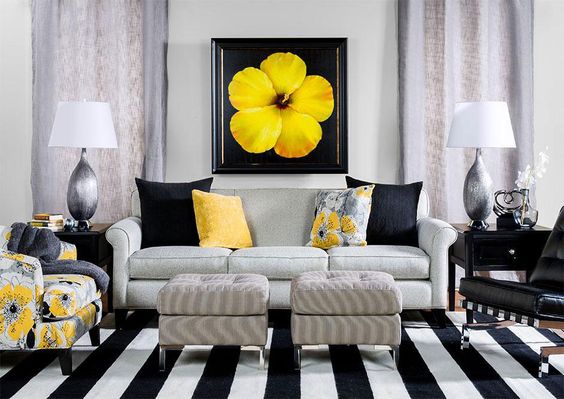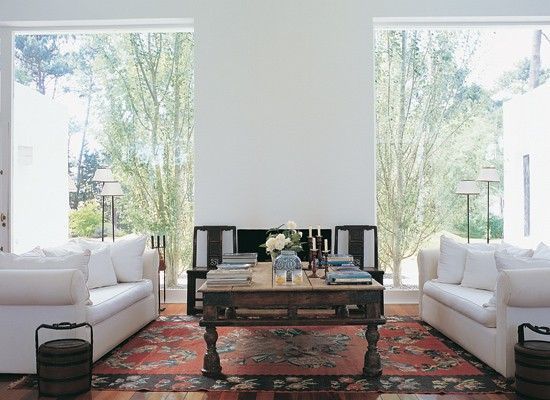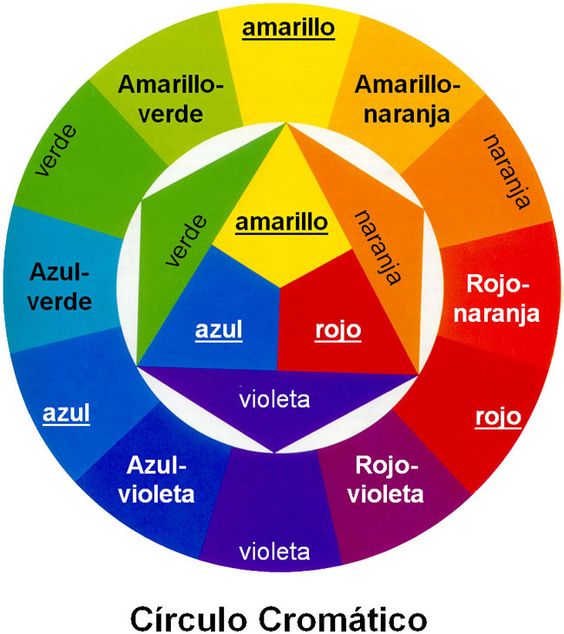Today you will learn all about two Design Elements | Home Decorating | Commercial and Office Premises: Design Elements | Balance, Design Elements | Color.
Decorating a space involves a process, but above all a balance. In another article, we had already talked about 6 Elements of design for interior decoration, however, we decided to go into two of these elements, which we consider to be the most important, so accompany me to know Elements of design | Decoration of houses | commercial premises and offices.
While interior design is a complicated and somewhat stressful activity, it is also considered one of the most exciting and fun branches of design. There is always a lot to learn, a lot to do and a lot to integrate, because year after year, new trends set the tone for interior design. What never changes, however, are the Elements of Design.

Design Elements set the standard for starting to decorate a space. It is important to understand that one is linked to the other: balance, color, texture, focal point, harmony and scale and proportion. Today, we’ll be talking head-on about balance and color, two of the most important design elements in interior design.
Design Elements Images
IF YOU WANT TO LEARN MORE ABOUT DESIGN ELEMENTS, I INVITE YOU TO KNOW THE FOLLOWING ARTICLE: BASIC FUNDAMENTALS OF INTERIOR DESIGN.
Design Elements | Balance
In the Design Elements | Equilibrium, there are two types of equilibrium: symmetrical and asymmetrical.
- Symmetrical equilibrium as design elements: Perfect symmetry is like the human body – two eyes, two arms, etc. The symmetrical balance is generally very formal.
- Asymmetric equilibrium as design elements: The asymmetryon the other hand, refers to an imbalance. For example, perhaps two candlesticks of different sizes placed next to each other.
As Design Elements, asymmetry is used to add visual movement and emotion to a space, and is therefore considered a more informal way of decoration.
Design elements | Balance: also refers to the “weight” of different objects in a room. This can be the weight and actual size of the furniture as a large modular, or it can be visual weight, a piece upholstered in a very dark color, or with a pattern that seems to occupy more space than a piece of solid or neutral color. If there is too much weight on one side of a room, the arrangement will feel uncomfortable and unattractive.
You may be interested in the following publication: INTERIOR DESIGN AND PLAN OF A HOUSE WITH TRADITIONAL STYLE.


Design Elements | Color
Design Elements | Color: The human eye can see more than 16 million colors. To simplify the options of paint Take a look at your favorite artwork, a rug, or the tapestry fabric you like best. Choose colors based on that element using the “60-30-10” rule.
What is the rule 60 30 10
For example, your favorite paint contains blue, yellow and cream. You can then choose yellow walls (60%), a blue sofa (30%) and a cream cushion (10%).
What is Chromatic Circle
To create good designs and decorations must take into account the chromatic circle, which lets us see the different shades starting from the primary colors.
IF YOU WANT TO LEARN MORE ABOUT COLOR IN INTERIOR DESIGN, I INVITE YOU TO KNOW THE FOLLOWING ARTICLE: COLOR THEORY.

Don’t forget to share the Elements of Design | Decoration of houses | commercial premises and offices.
See more ideas:


Add comment